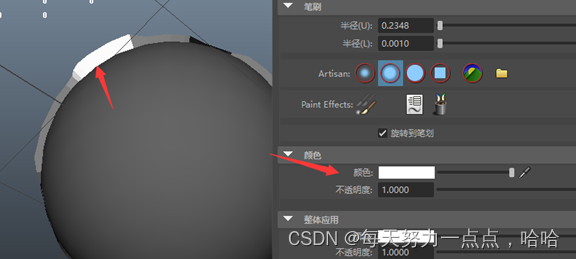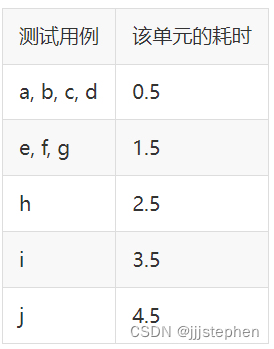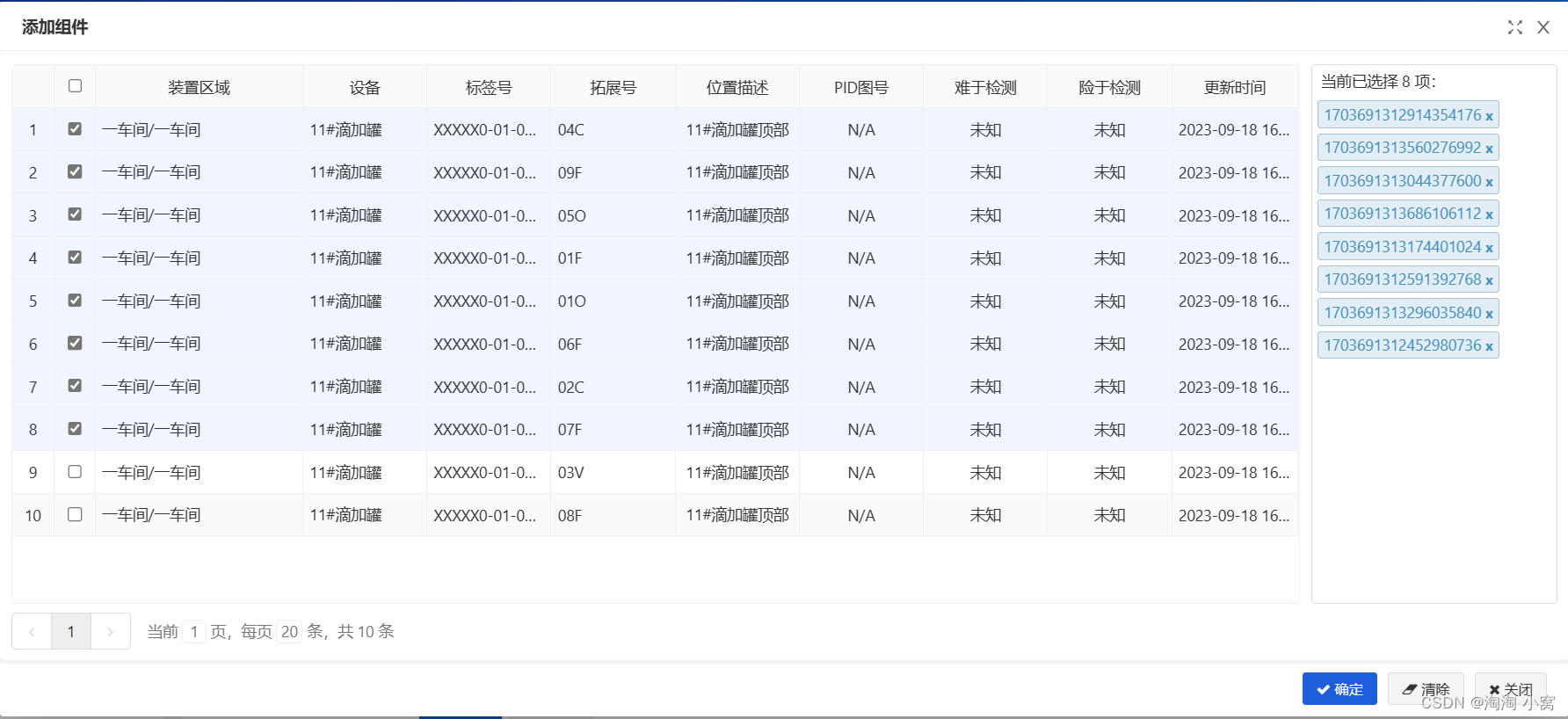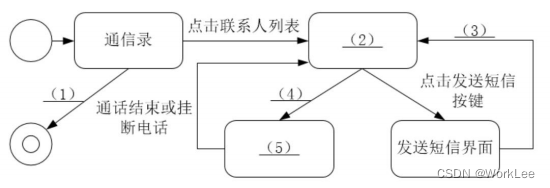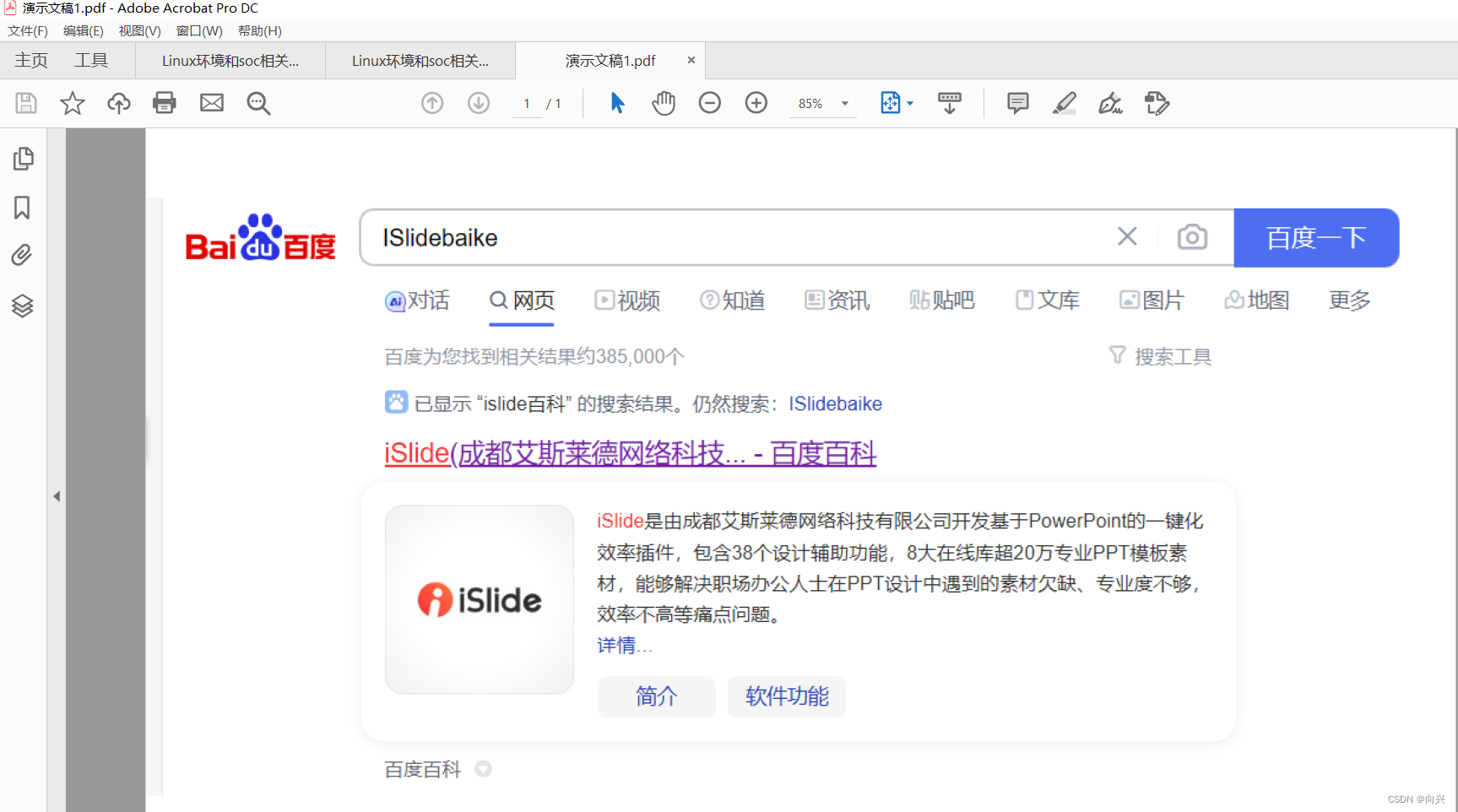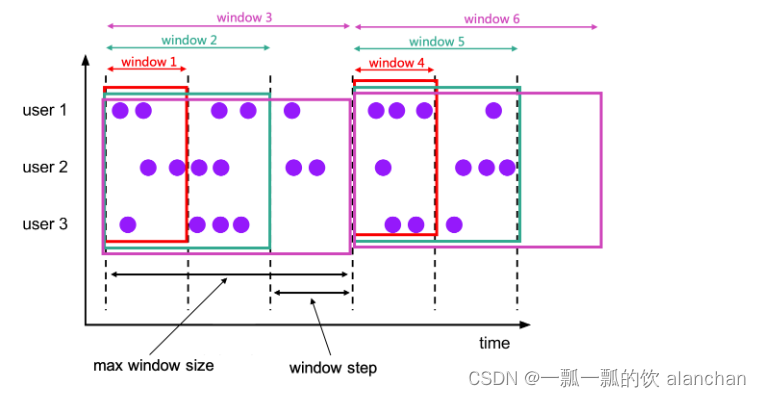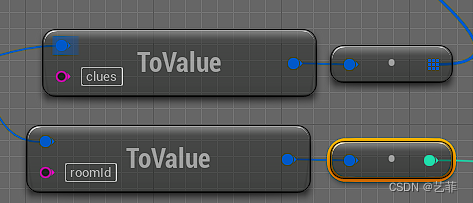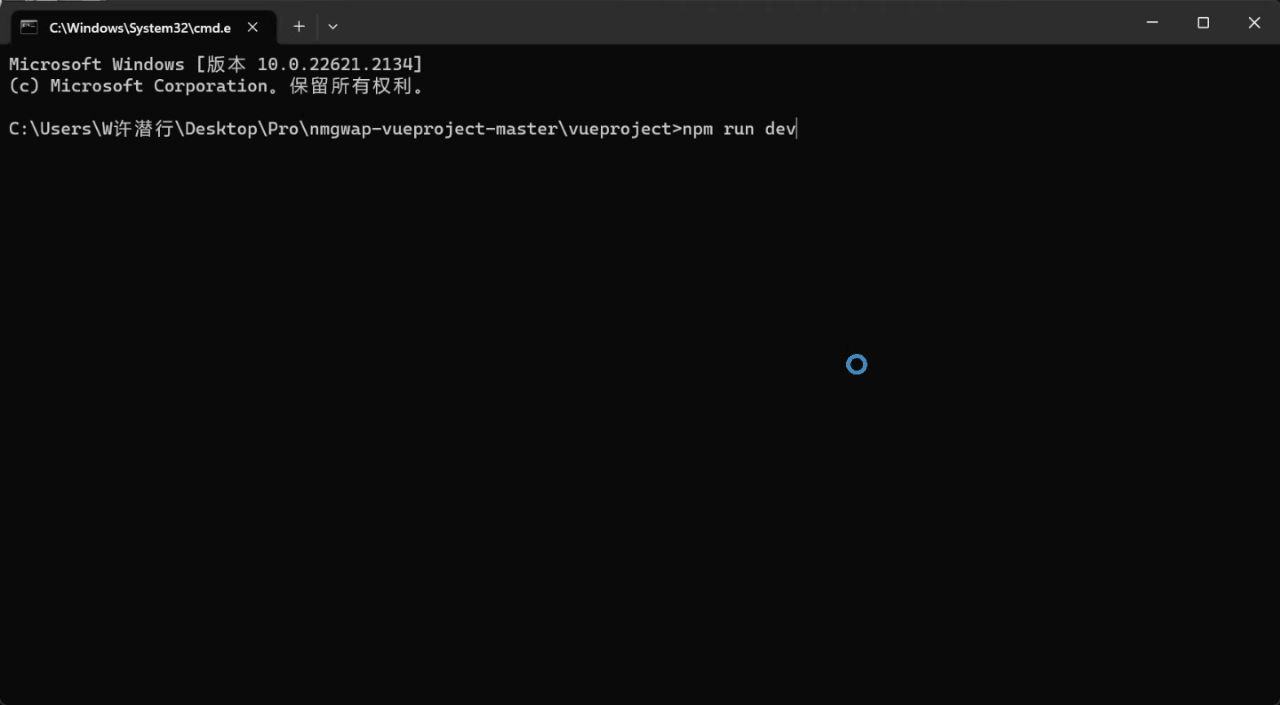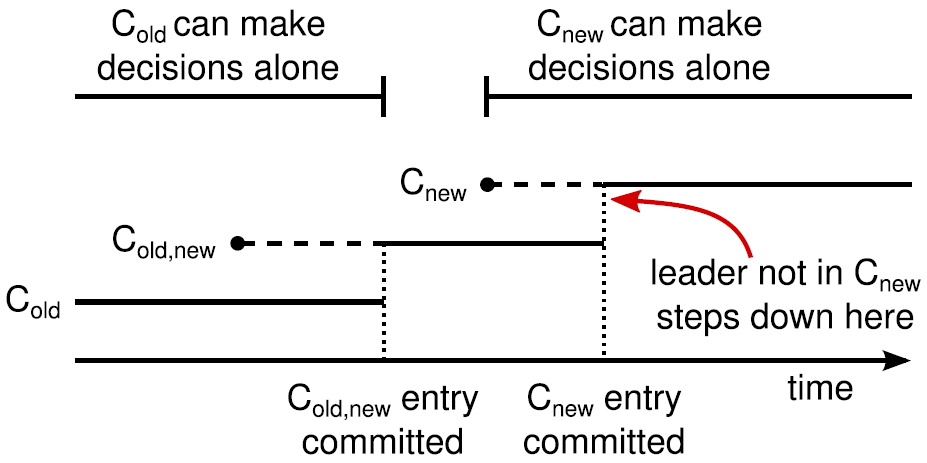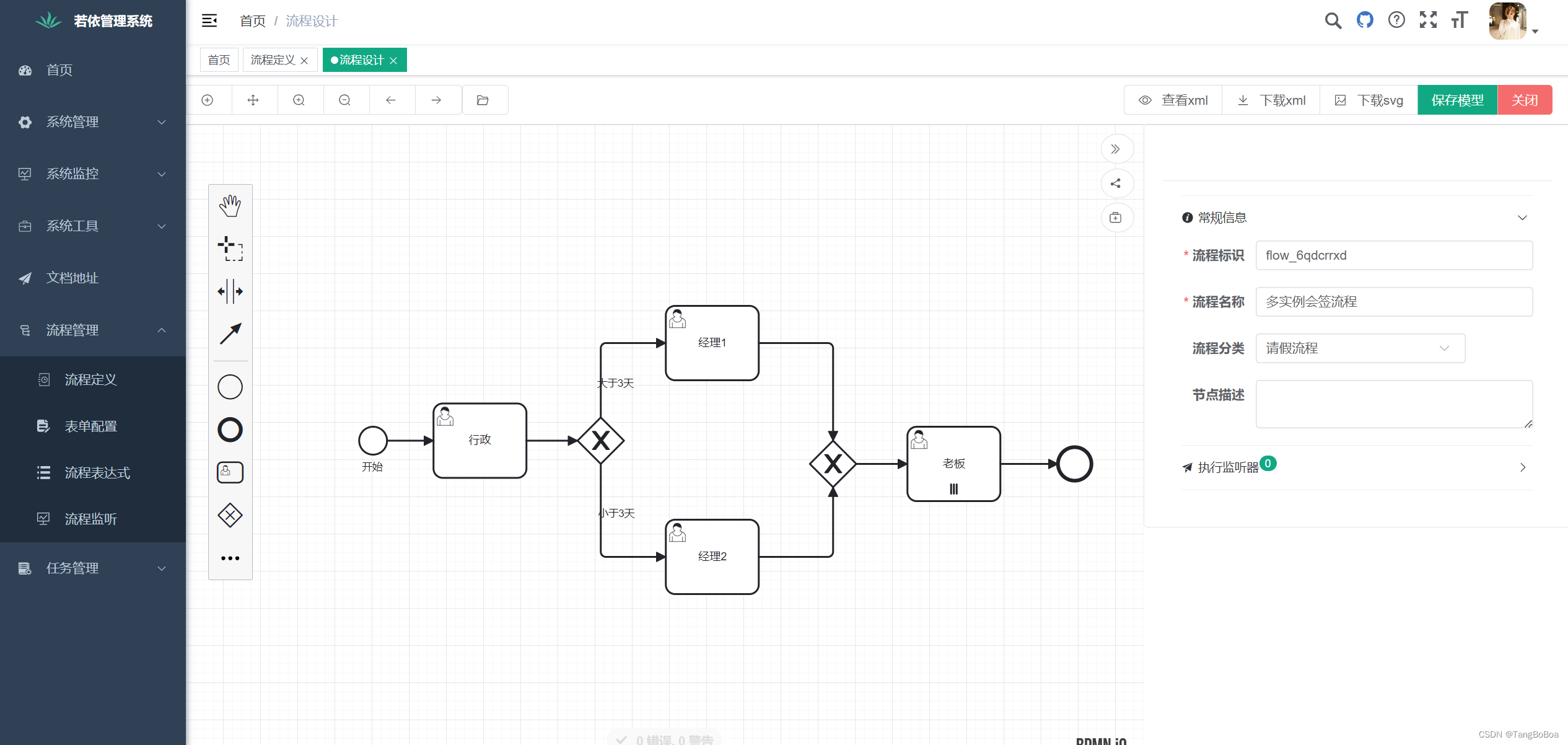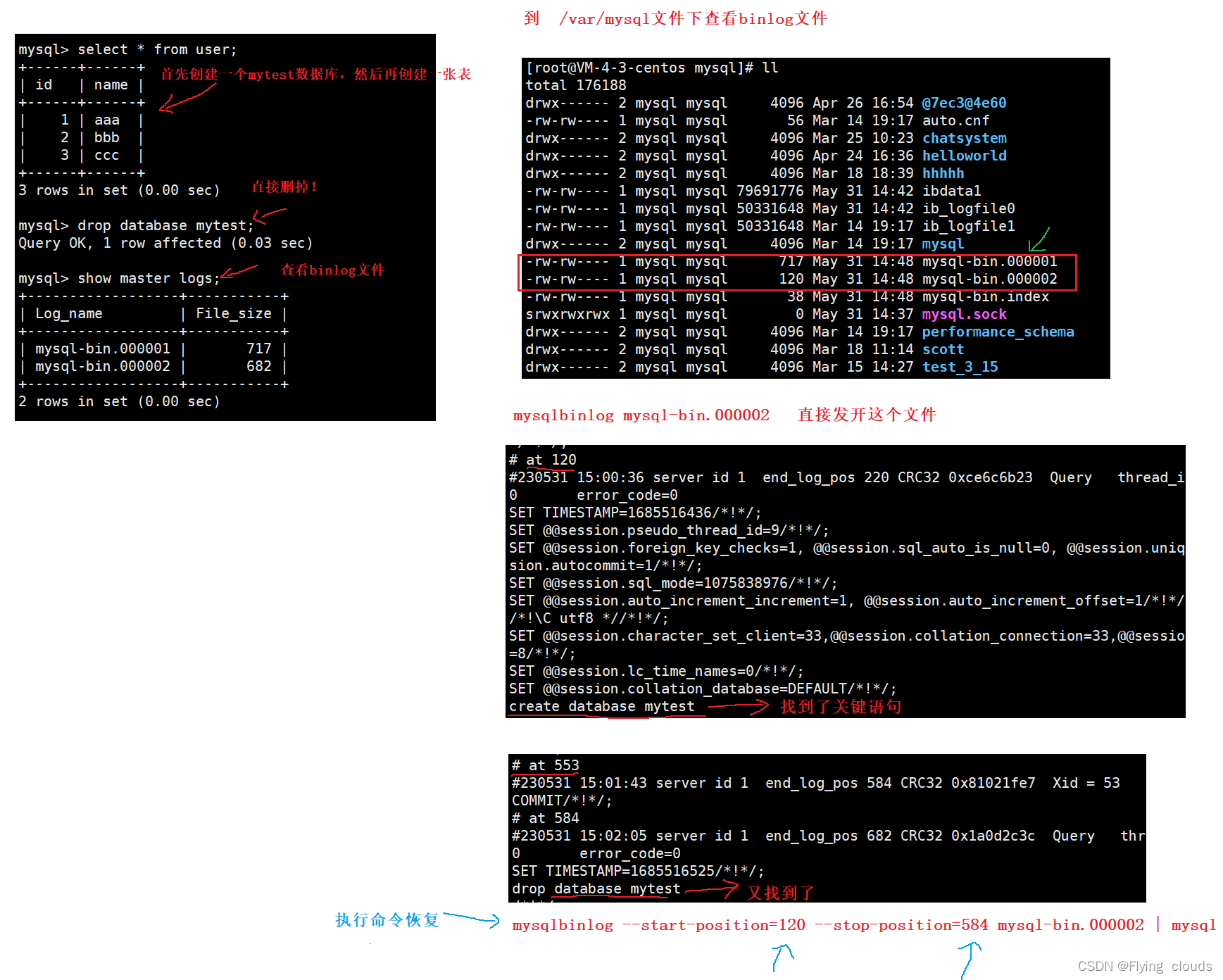目录
- Vuex核心概念:
- 1、State
- 1)全局state
- 2)使用modules中的state
- 2、Getters
- 1)全局Getters
- 2)使用modules中的getters
- 3、Mutations
- 1)全局Mutations
- 2)使用modules中的mutations(namespaced:true)
- 4、Actions
- 1)全局Actions
- 2)使用modules中的actions(namespaced:true)
- 5、有无modules的目录结构对比
Vuex核心概念:
State:存储应用状态数据的对象,与vue中data类似
Getters:类似vue的计算属性,store中数据的变化,getters的数据也会发生变化
Mutations:提交mutation来修改store中的状态,同步操作
Actions:与mutations类似,提交修改state的行为,处理异步任务(提交的是mutation,不是直接修改状态)
Modules:模块化状态管理,为了开发大型项目,方便状态管理而使用的
1、State
1)全局state
直接使用:
this.$store.state.xxx;
map辅助函数:
computed: {
...mapState(['xxx']),
...mapState({'新名字': 'xxx'})
}
2)使用modules中的state
直接使用:
this.$store.state.模块名.xxx;
map辅助函数:
computed: {
...mapState('模块名', ['xxx']),
...mapState('模块名', {'新名字': 'xxx'})
}
2、Getters
1)全局Getters
直接使用:
this.$store.getters.xxx;
map辅助函数:
computed: {
...mapGetters(['xxx']),
...mapGetters({'新名字': 'xxx'})
}
2)使用modules中的getters
直接使用:
this.$store.getters[模块名/xxx];
map辅助函数:
computed: {
...mapGetters('模块名', ['xxx']),
...mapGetters('模块名',{'新名字': 'xxx'})
}
3、Mutations
1)全局Mutations
直接使用:
this.$store.commit('mutation名', 参数);
map辅助函数:
methods: {
...mapMutations(['mutation名']),
...mapMutations({'新名字': 'mutation名'})
}
2)使用modules中的mutations(namespaced:true)
直接使用:
this.$store.commit('模块名/mutation名', 参数);
map辅助函数:
methods: {
...mapMutations('模块名', ['xxx']),
...mapMutations('模块名',{'新名字': 'xxx'})
}
4、Actions
1)全局Actions
直接使用:
this.$store.dispatch('action名', 参数);
map辅助函数:
methods: {
...mapActions(['actions名']),
...mapActions({'新名字': 'actions名'})
}
2)使用modules中的actions(namespaced:true)
直接使用:
this.$store.dispatch('模块名/action名', 参数)
map辅助函数:
methods: {
...mapActions('模块名', ['xxx']),
...mapActions('模块名',{'新名字': 'xxx'})
}
5、有无modules的目录结构对比
没有使用modules的文件目录如下:

使用modules的文件目录如下:


